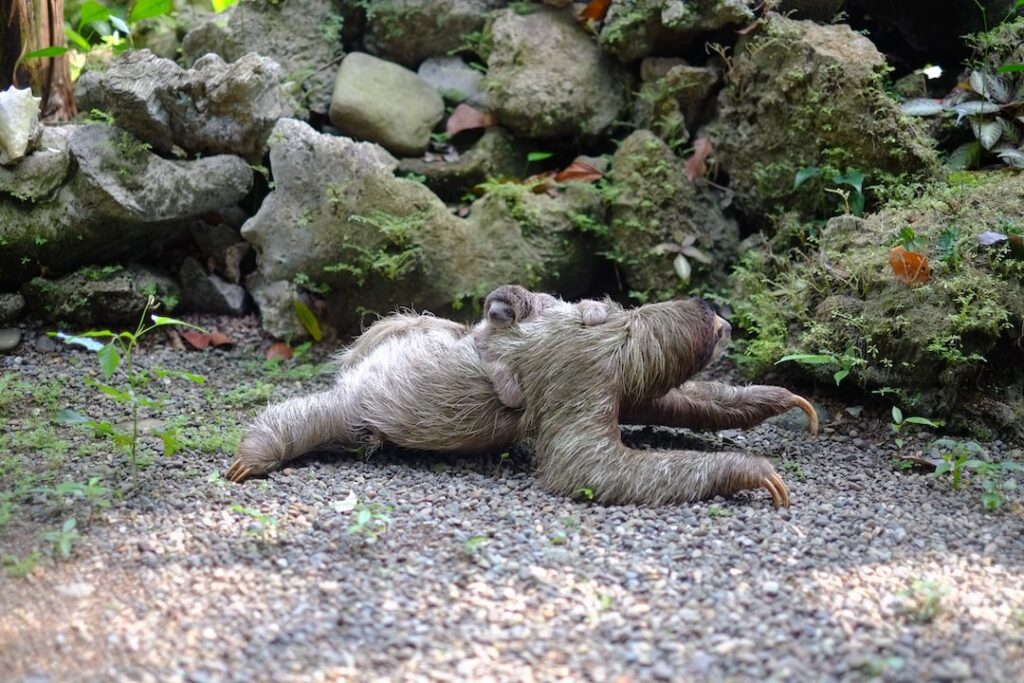Everything You Need to Know About Caring for an Iguana
Welcome to this comprehensive guide on how to care for an iguana! Whether you’re a new iguana owner or considering getting one, this post will equip you with all the information you need to provide the best care for your scaly friend.
The Fascinating World of Iguanas
Iguanas are fascinating creatures that have been popular as pets for many years. Did you know that there are over 300 species of iguanas? Some species can live up to 20 years, and they have the ability to run at speeds of up to 21 miles per hour. Surprising, right?
Iguanas as Pets
Iguanas are known for their unique appearance, including their long tails, dewlaps, and impressive spines along their backs. As pets, they require a specific set of care and attention to thrive in a home environment. From creating a suitable habitat to understanding their dietary needs, there are many aspects to consider when caring for an iguana.
Creating the Ideal Habitat
Enclosure
When it comes to housing your iguana, a spacious enclosure is essential. For adult iguanas, the enclosure should be at least 12 feet long to allow for movement and climbing. Additionally, the enclosure should be equipped with branches and perches for the iguana to climb and bask.
Temperature and Lighting
Iguanas require access to UVB light to aid in the synthesis of Vitamin D3, which is crucial for calcium metabolism. Maintaining a basking spot temperature of around 95°F and an ambient temperature between 75-85°F is vital for their well-being.
Humidity
Maintaining adequate humidity levels in the enclosure is important for shedding and overall skin health. Aim for a humidity level of around 60-70% by misting the enclosure regularly.
Nutrition and Feeding
Diet
Proper nutrition is key to the health of your iguana. A diet consisting primarily of dark, leafy greens such as collard greens, mustard greens, and turnip greens, along with other vegetables and fruits, is essential. Additionally, providing supplements such as calcium and vitamin D3 is important to prevent metabolic bone disease.
Feeding Schedule
Iguanas should be fed daily, with a variety of greens offered to ensure a balanced diet. It’s important to monitor their food intake and adjust accordingly based on their appetite and activity levels.
Handling and Interaction
Taming and Bonding
Iguanas are sensitive to handling and may take time to acclimate to human interaction. Gentle and gradual taming methods, such as hand-feeding and slow movements, can help build trust and a bond with your iguana.
Socialization
Allowing your iguana time outside of its enclosure in a safe and secure space can provide mental stimulation and exercise. However, it’s important to supervise them closely to prevent potential accidents or escapes.
How to Incorporate Iguana Care into Your Daily Life
Caring for an iguana requires dedication and consistency. Here are some practical ways to ensure your iguana receives the best care on a daily basis:
– Daily Check-ins: Spend time observing your iguana daily to monitor their behavior and appetite, which can indicate their overall health and well-being.
– Grooming and Hygiene: Keep their enclosure clean, provide fresh water daily, and ensure their food is free of pesticides or contaminants.
– Interaction and Enrichment: Set aside time each day for interaction and enrichment, whether through handling, offering new climbing structures, or creating an outdoor enclosure for supervised exploration.
In Summary
Caring for an iguana is a rewarding experience that requires a deep understanding of their specific needs. By creating an optimal habitat, providing a nutrient-rich diet, and engaging in positive interactions, you can ensure that your iguana enjoys a healthy and fulfilling life as your cherished pet. Always remember that with patience and commitment, you can build a strong bond with your scaly companion.













